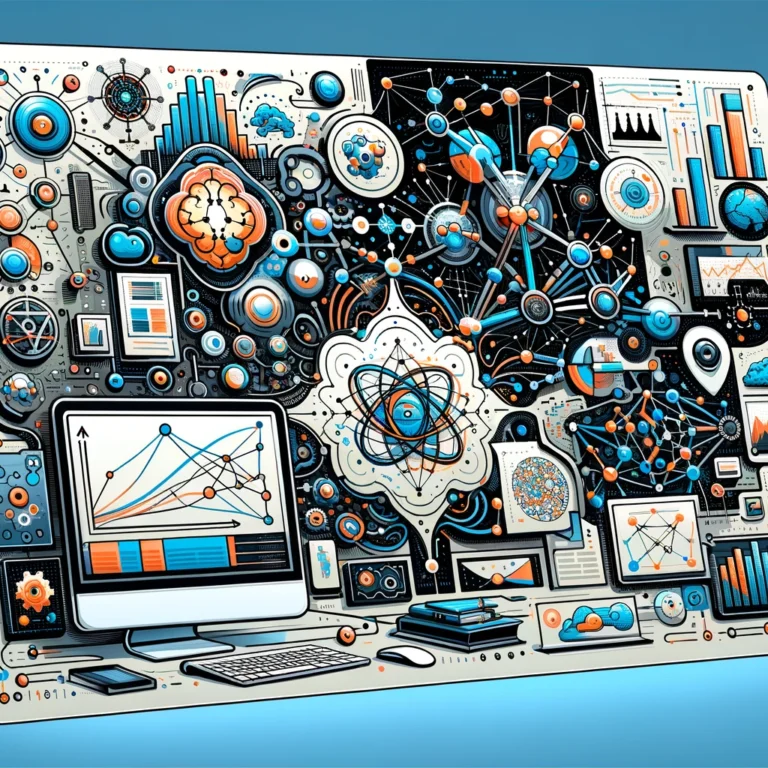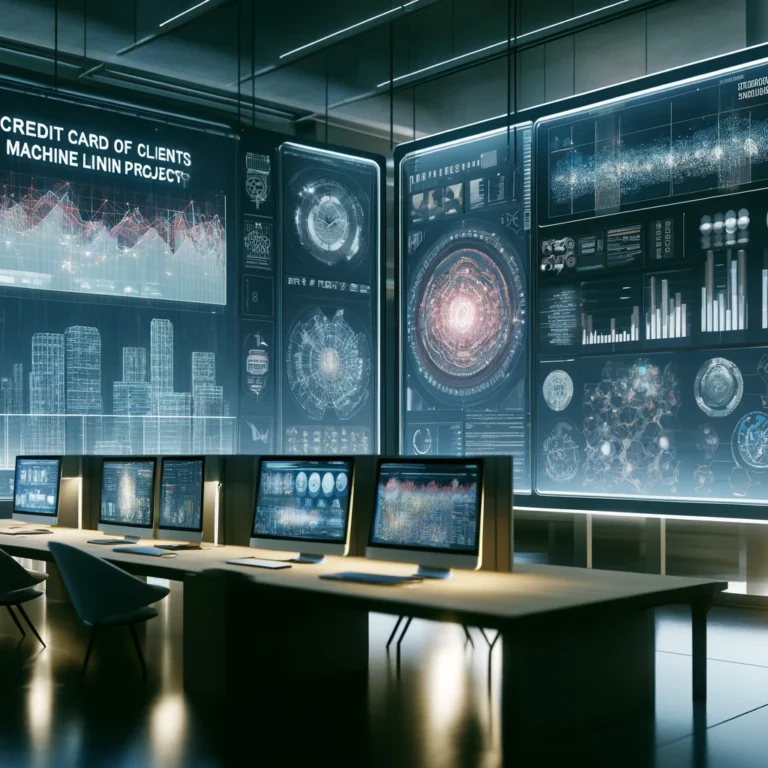Arduino Based Machine Learning Projects
Arduino Based Machine Learning Projects: A Beginner’s Guide
The world of Arduino offers endless possibilities for hobbyists, educators, and professionals to explore the fascinating intersection of hardware and software. With the advent of machine learning (ML), these explorations have taken on a new dimension, allowing even beginners to implement complex AI models in their projects. This article will guide you through the exciting journey of integrating machine learning with Arduino, featuring accessible projects that can serve as a springboard for your innovative ideas.
Introduction to Arduino and Machine Learning
Arduino is an open-source electronics platform based on easy-to-use hardware and software. It’s designed for anyone making interactive projects, with a vast community and resources to help you start your journey in electronics and coding.
Machine learning, a subset of artificial intelligence, enables computers to learn from and make decisions based on data. Combining ML with Arduino opens up a realm of possibilities, from simple gesture recognition to more complex predictive models.
Getting Started with Arduino and ML
Before diving into projects, familiarize yourself with the basics:
- Arduino IDE: This integrated development environment is where the magic begins. It’s where you’ll write, compile, and upload your code to the Arduino board.
- Arduino Nano 33 BLE Sense: Among the plethora of Arduino boards, the Nano 33 BLE Sense stands out for ML projects, thanks to its onboard sensors and Bluetooth Low Energy capabilities.
- Machine Learning Basics: Familiarity with the fundamental concepts of ML is beneficial. Understanding data collection, model training, and inference will equip you with the knowledge to embark on ML projects.
For a comprehensive guide on getting started with ML on Arduino, refer to the official Arduino documentation (https://docs.arduino.cc/tutorials/nano-33-ble-sense/get-started-with-machine-learning).
Project Ideas
Gesture Recognition
One of the most captivating applications of ML on Arduino is gesture recognition. Utilizing the Arduino Nano 33 BLE Sense, you can create a system that recognizes specific hand movements and translates them into actions or commands.
- Components Needed: Arduino Nano 33 BLE Sense.
- Skills Learned: This project introduces you to data collection, feature extraction, and model training, fundamental skills in the ML domain.
- Steps to Success:
- Data Collection: Begin by gathering accelerometer and gyroscope data corresponding to various gestures.
- Model Training: Utilize the collected data to train a model capable of distinguishing between the different gestures.
- Implementation: Deploy the trained model to your Arduino board. Use recognized gestures to control LEDs, play sounds, or even navigate through a menu on a display.
Voice-Controlled Home Automation
Voice recognition technology can make our homes smarter and our lives easier. With an Arduino Nano 33 BLE Sense, you can develop a system that understands voice commands to control appliances or systems within your home.
- Components Needed: Arduino Nano 33 BLE Sense, relays, and the appliances you wish to control.
- Skills Learned: You’ll delve into audio processing and voice recognition, essential competencies in the era of smart homes.
- Steps to Success:
- Voice Command Collection: Record various voice commands and preprocess the audio data to make it suitable for ML processing.
- Model Training: Train a model on the preprocessed audio to recognize different commands accurately.
- Home Automation: Use the recognized commands to control relays, which in turn manage your home appliances, offering a seamless, voice-driven home automation experience.
Environmental Monitoring with Predictive Analytics
In an age where environmental consciousness is paramount, monitoring and predicting environmental conditions can lead to smarter, more sustainable living spaces.
- Components Needed: Arduino Nano 33 BLE Sense for its environmental sensors.
- Skills Learned: This project hones your skills in data analysis and regression models, allowing you to make predictions based on historical data.
- Steps to Success:
- Data Collection: Utilize the board’s sensors to gather environmental data over time, such as temperature, humidity, and air quality.
- Predictive Modeling: Train a model to forecast future environmental conditions based on the collected data.
- Actionable Insights: Implement the model to trigger alerts or automate systems in response to predicted conditions, enhancing the sustainability and comfort of your environment.
Machine Learning Libraries for Arduino
To support your journey into Arduino-based ML projects, several libraries and platforms offer tools and resources:
- TensorFlow Lite for Microcontrollers: This library brings the power of TensorFlow, Google’s open-source ML framework, to microcontrollers, allowing for the implementation of ML models on low-power, small-memory devices.
- Edge Impulse: This platform provides an end-to-end solution for developing ML models for Arduino, from data collection and model training to deployment, simplifying the process for beginners and experts alike.
FAQs
Q: Do I need prior machine learning knowledge to start these projects?
A: Basic knowledge is helpful, but many resources and tutorials are designed for beginners.
Q: Can these projects be scaled for real-world applications?
A: Yes, these projects serve as prototypes that can be expanded and refined for practical applications.
Q: Where can I find more project ideas and tutorials?
A: Check out Pantech eLearning (https://www.pantechelearning.com/top-100-arduino-projects/) for a wide range of Arduino project ideas, including those that can be enhanced with machine learning.
Conclusion
Arduino based machine learning projects offer a unique opportunity to delve into the world of AI with a hands-on approach. By starting with simple projects, you can gradually build your understanding and confidence, eventually moving on to more complex applications. The key to success lies in experimentation, continuous learning, and leveraging the vast resources available in the Arduino and ML communities. Whether your interest lies in smart home automation, gesture-based controls, or environmental monitoring, there’s no limit to what you can achieve with Arduino and machine learning at your fingertips.

















Your point of view caught my eye and was very interesting. Thanks. I have a question for you.